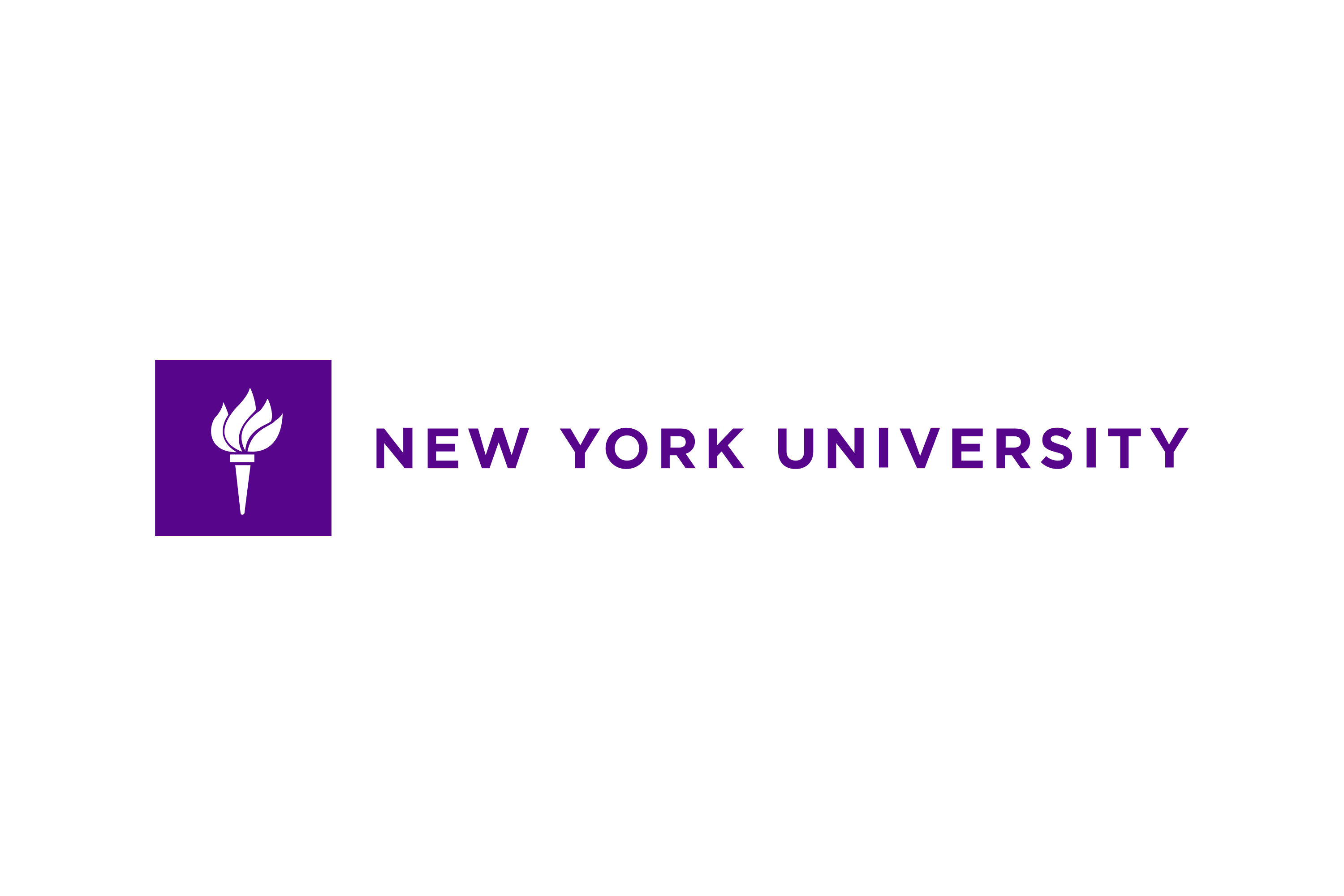New York University: Sources of Information Influence COVID-19 Knowledge, Protective Behaviors
Where people get their COVID-19 information shapes their knowledge about the pandemic and engagement with protective health behaviors like social distancing or wearing a mask, according to a new study by researchers at NYU School of Global Public Health.
While those who rely on informal sources of information, such as social media or friends and family, had the lowest knowledge about COVID-19 and were less likely to take recommended steps to protect themselves and others, these interactive sources also held the most potential to help people to engage in healthful behaviors. The findings—drawn from surveys of more than 6,500 U.S. adults early in the COVID-19 pandemic—are published in PLOS ONE.
“In public health, knowledge often predicts protective health behaviors. We found that one’s primary source of information played a role in both knowledge and how knowledge influences health behaviors,” said Sooyoung Kim, a doctoral student at NYU School of Global Public Health and the study’s lead author.
In early 2020, as scientists scrambled to understand the evolving COVID-19 pandemic, information was scarce. Since then, however, an infodemic has emerged, described by the World Health Organization (WHO) as “an overabundance of information—some accurate and some not.” This infodemic, marked by the unprecedented rise of online media disseminating information without any verification, has made it challenging for people to find credible information and to sort out fact from fiction.
This study sought to understand whether the main source from which people got their COVID-19 information influenced their knowledge and protective behaviors. To measure this, the researchers created and administered an online survey in April 2020, using social media to collect data from 6,518 adults in the United States.
The survey asked participants to indicate their primary source of COVID-19 information: traditional media, including TV, newspapers, and radio; new media, including social media and podcasts; government or other official sources (e.g., the CDC or WHO); medical professionals; family, friends, and colleagues; or religious leaders. The researchers then compared participants’ reported level of engagement with health behaviors, such as social distancing and wearing a mask, given their level of COVID-19 knowledge.
The primary source of COVID-19 information played an important role in influencing the relationship between knowledge and behavior. People with the highest levels of COVID-19 knowledge tended to turn to traditional media, government or other official sources, or medical providers as their primary information sources. In contrast, those with the lowest level of COVID-19 knowledge preferred informal sources like social media or family and friends.
Notably, people who had lower levels of knowledge about COVID-19 and relied on sources like social media and communication with family and friends were less likely to engage in protective behaviors against the virus. However, the study findings showed that at higher levels of knowledge, there was a larger increase of engagement with protective behaviors among people who relied on informal sources.
“These contrasting findings suggest that these informal, interactive sources—when leveraged well—hold potential to empower people. By the same token, when misused to spread misinformation, these sources present a health threat,” said Yesim Tozan, assistant professor of global health at NYU School of Global Public Health and the study’s senior author.
The survey was conducted before COVID-19 vaccines were available, so vaccine attitudes and uptake were not measured, but the researchers anticipate that their findings on information sources and engagement with other health behaviors would be similar for vaccines, as misinformation and lack of knowledge are known to exacerbate vaccine hesitancy and hinder acceptance.
“As we continue to fight COVID-19, health authorities and risk communication specialists should be aware of the public’s use of different information sources in order to effectively engage communities and translate knowledge to behavior change,” added Kim. “We need to embrace using channels where people are more willing to seek information, such as social media or interpersonal communication, given the risk for misinformation and strong potential for creating behavior change.”
Additional study authors include Ariadna Capasso, Stephanie Cook, Shahmir Ali, Abbey Jones, Joshua Foreman, and Ralph J DiClemente of NYU School of Global Public Health.
About the NYU School of Global Public Health
At the NYU School of Global Public Health (NYU GPH), we are preparing the next generation of public health pioneers with the critical thinking skills, acumen, and entrepreneurial approaches necessary to reinvent the public health paradigm. Devoted to employing a nontraditional, interdisciplinary model, NYU GPH aims to improve health worldwide through a unique blend of global public health studies, research, and practice. The School is located in the heart of New York City and extends to NYU’s global network on six continents. Innovation is at the core of our ambitious approach, thinking and teaching.

